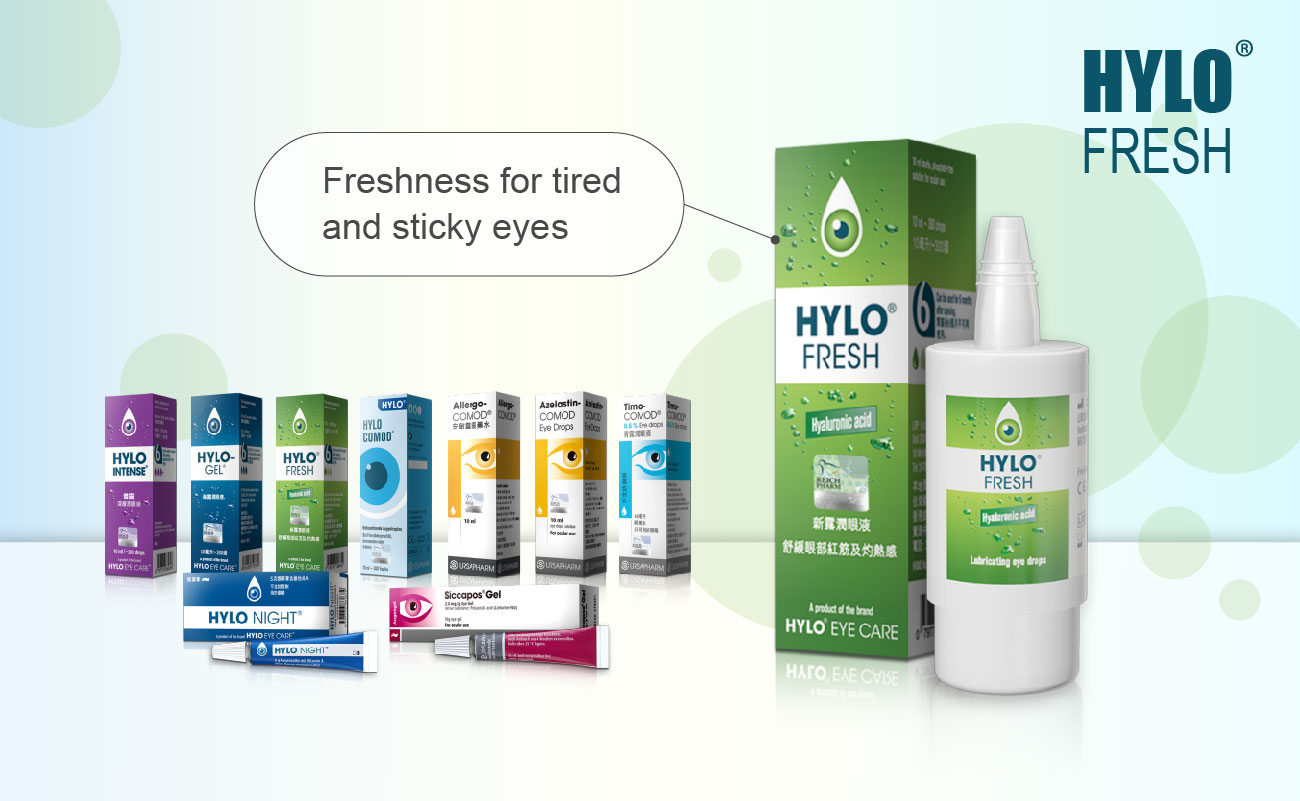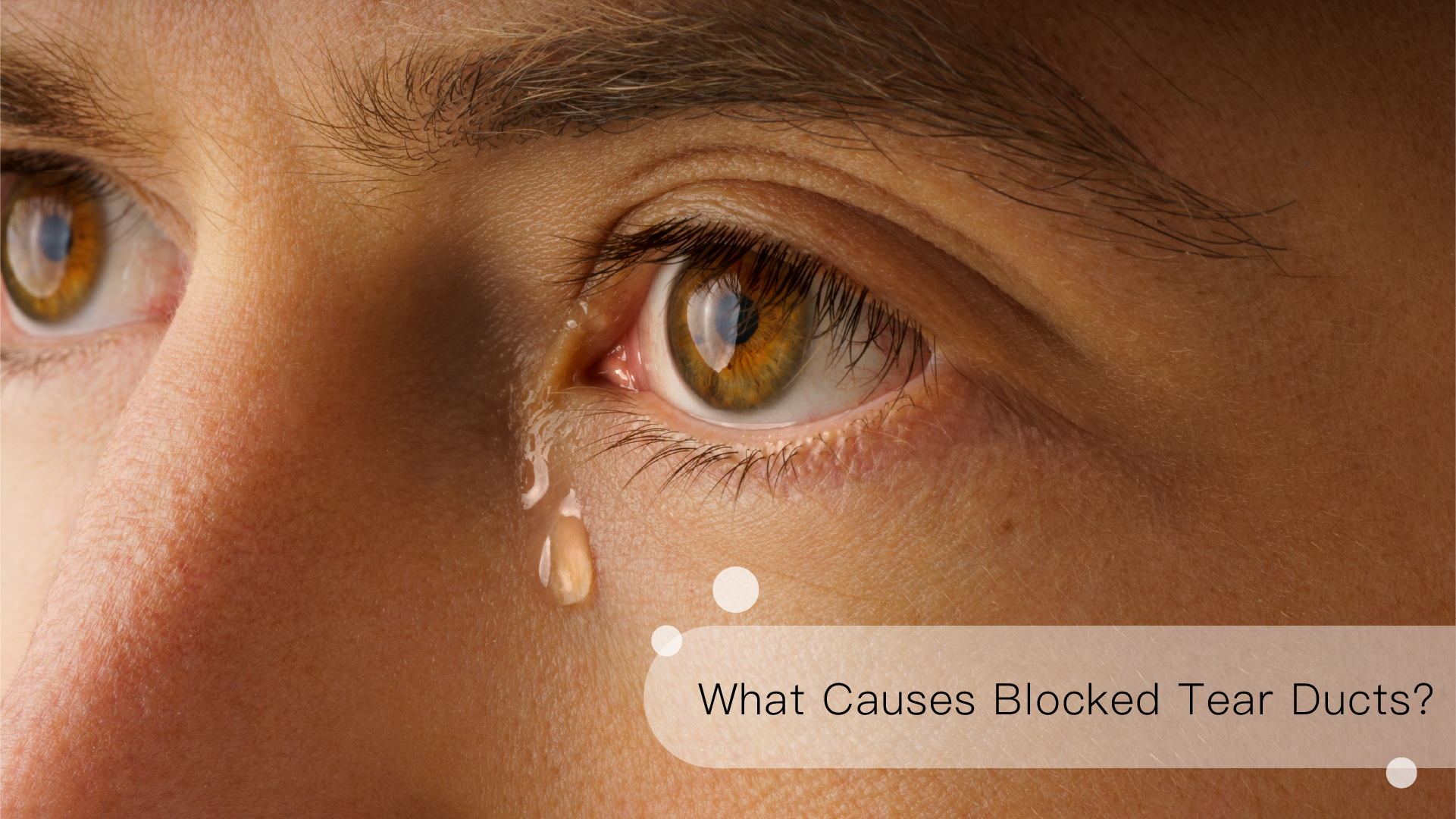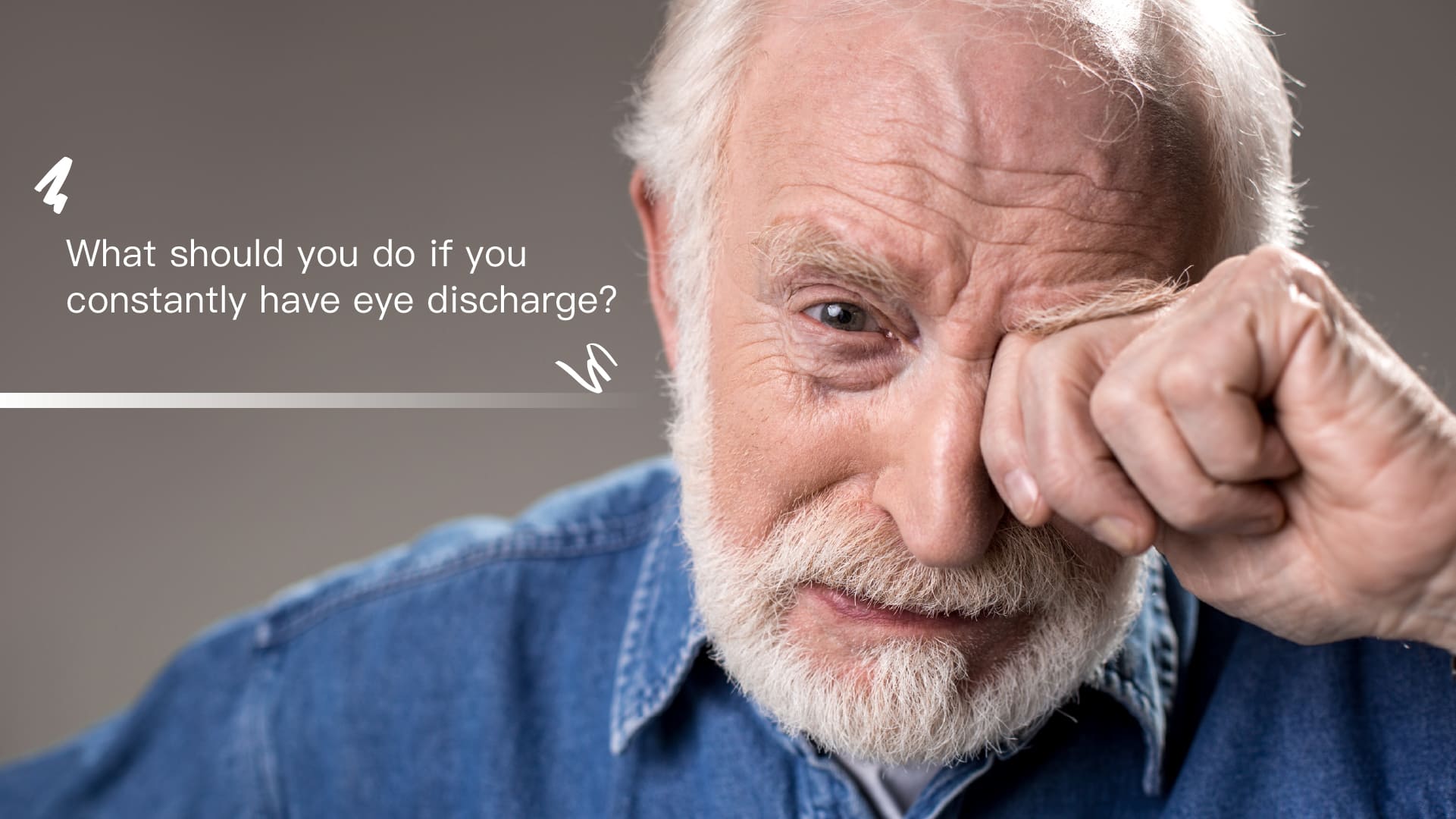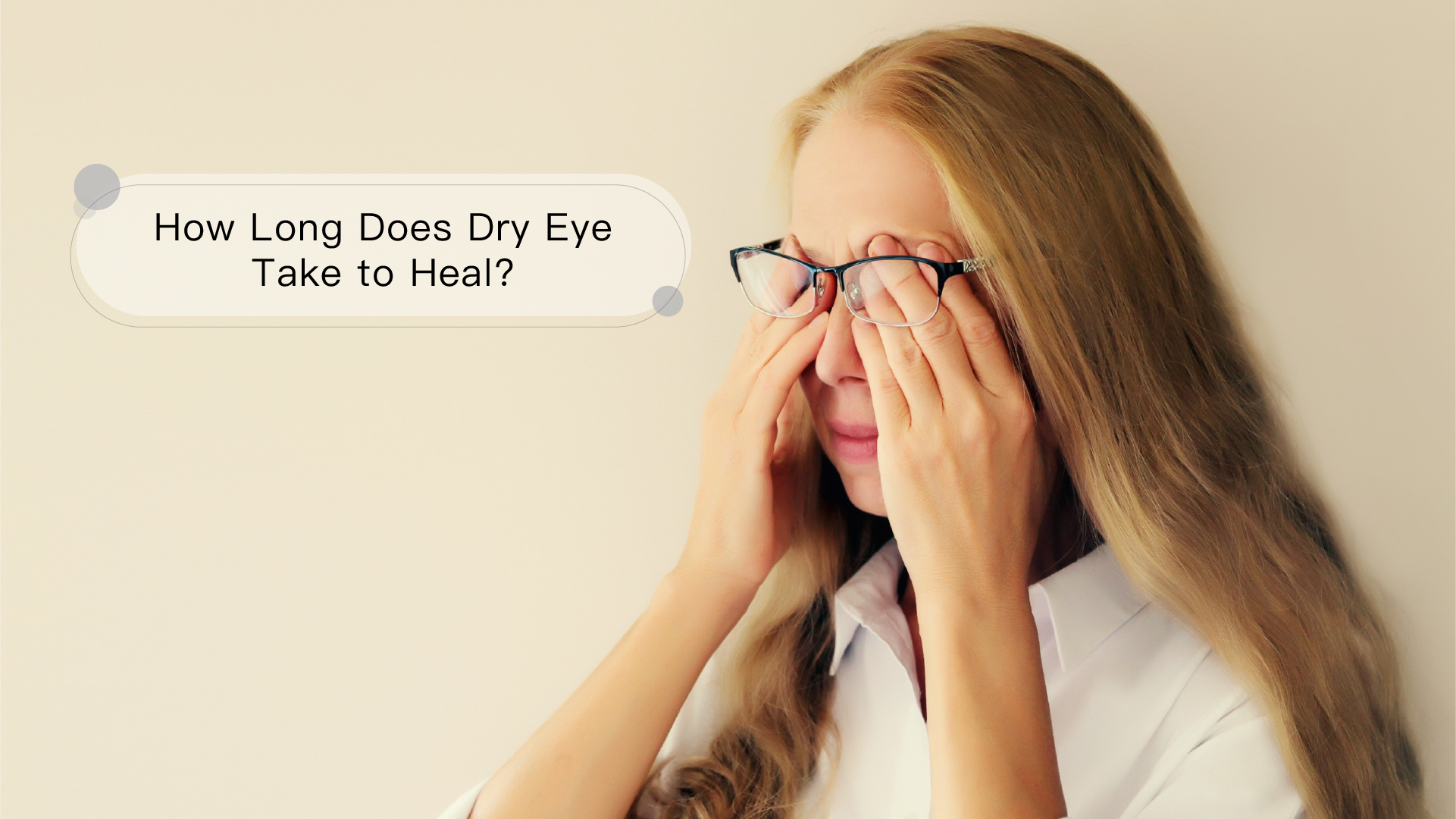What Is a Blocked Tear Duct?
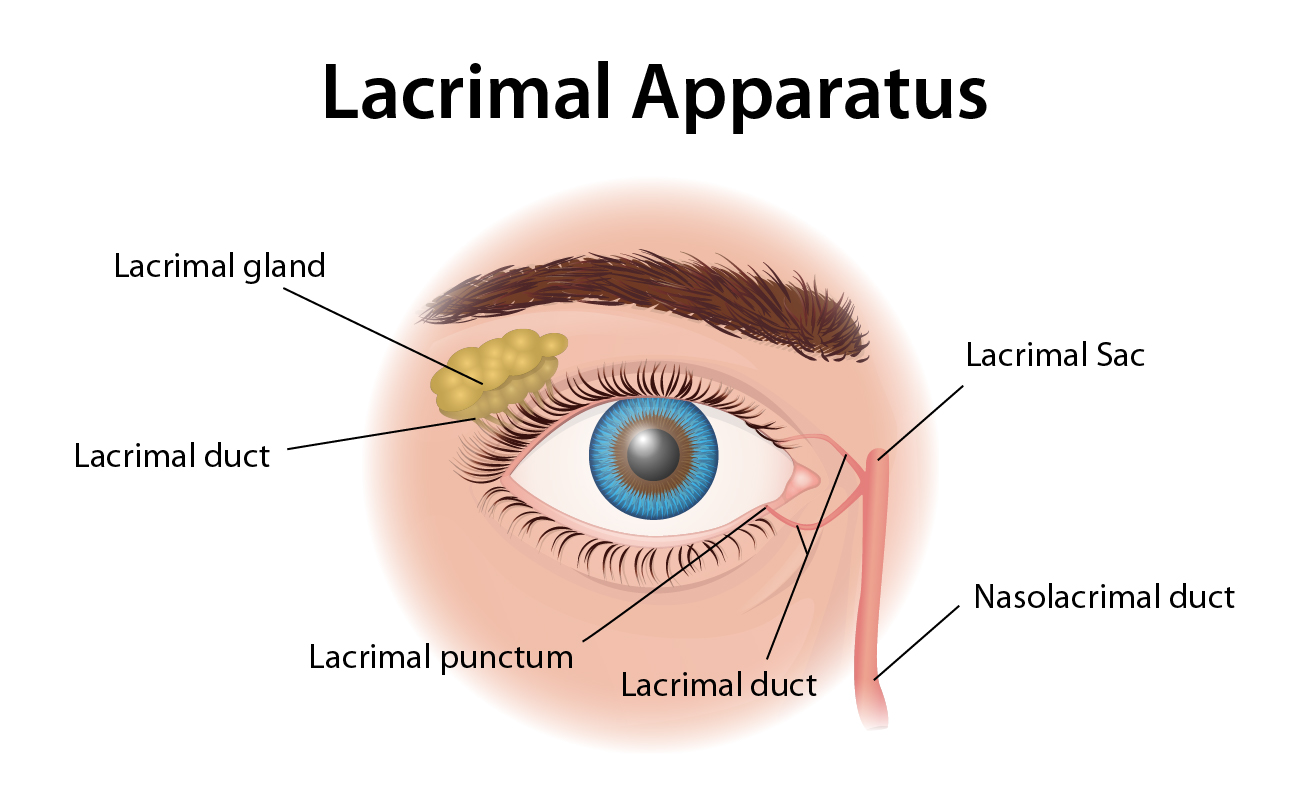
A blocked tear duct, also known as tear duct obstruction, occurs when tears cannot correctly drain from the eye, causing them to accumulate on the eye’s surface. The tear duct, located at the inner corner of the eye, drains tears into the nasal cavity. When blocked, it can lead to various uncomfortable symptoms.
Blocked tear ducts can be categorized into congenital and acquired:
Congenital Blocked Tear Duct
This occurs in newborns due to an incomplete opening of the Hasner valve at the bottom of the tear duct, preventing proper tear drainage. The condition affects about 2-6% of infants, with around 95% resolving naturally around one year old. If it persists beyond one year, further treatment may be necessary.
Acquired Blocked Tear Duct
This type mainly affects adults, particularly those aged 50-60. Common causes include:
- Aging: Tear ducts can narrow and harden, making it difficult for tears to drain.
- Infection: Chronic conjunctivitis, dacryocystitis, or prolonged nasal issues can cause blockages.
- Trauma: Injury to the eye or nose can damage the tear ducts, leading to obstruction.
- Other Factors: Tumors, medication side effects, or radiation therapy can also contribute to blockage.
Symptoms of Blocked Tear Ducts: 3 Common Symptoms
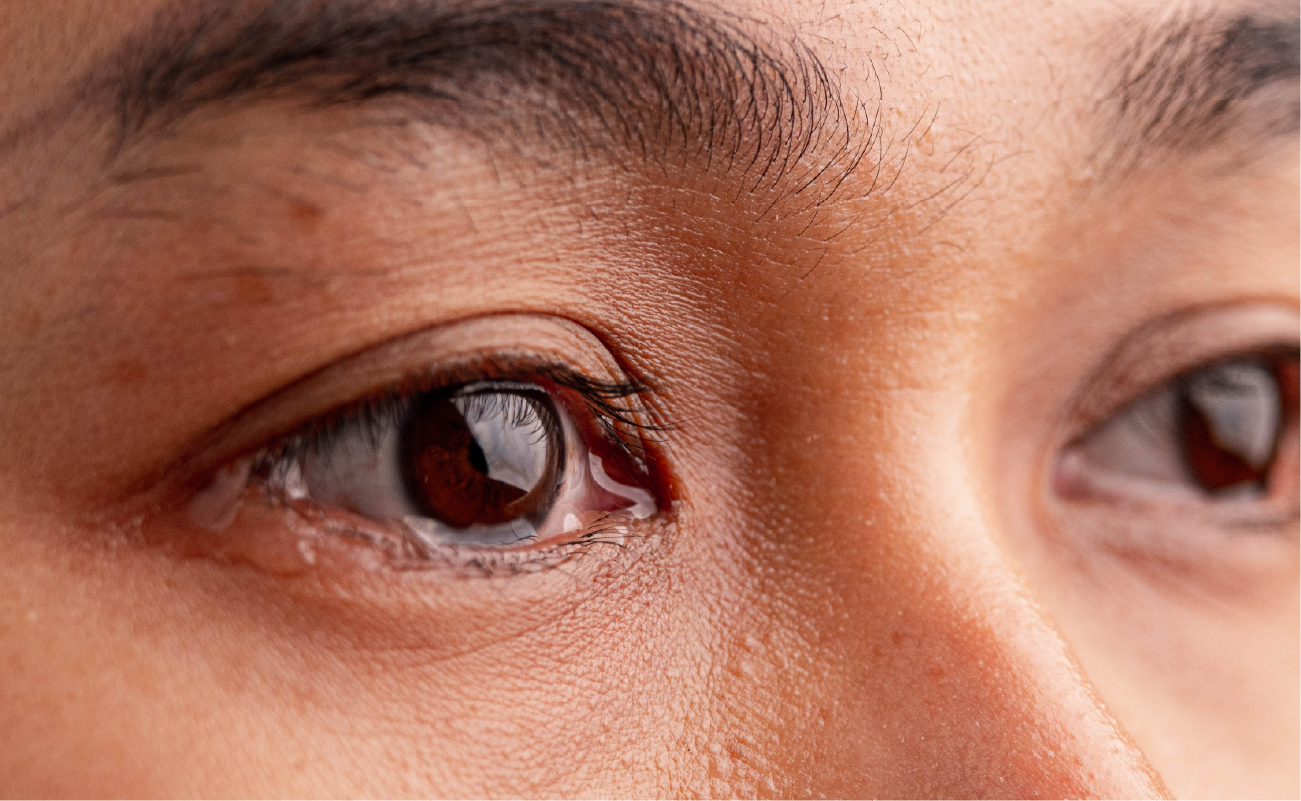
Blocked tear ducts can lead to the following symptoms:
Excessive Tearing
The most common symptom is excessive tearing. Since tears cannot drain properly, they accumulate on the eye’s surface, causing constant tearing, clinically known as “epiphora.”
Blurred Vision
Blockage can also cause blurred vision due to the accumulation of tears on the eye’s surface, affecting light refraction. Additionally, increased discharge, redness, and pain may further impair vision.
Recurrent Eye Infections
Blocked tear ducts lead to excessive tearing, providing a breeding ground for bacteria and resulting in recurrent infections and inflammation. This can cause acute or chronic dacryocystitis or even cellulitis in severe cases.
How to Relieve Blocked Tear Ducts? 5 Effective Methods
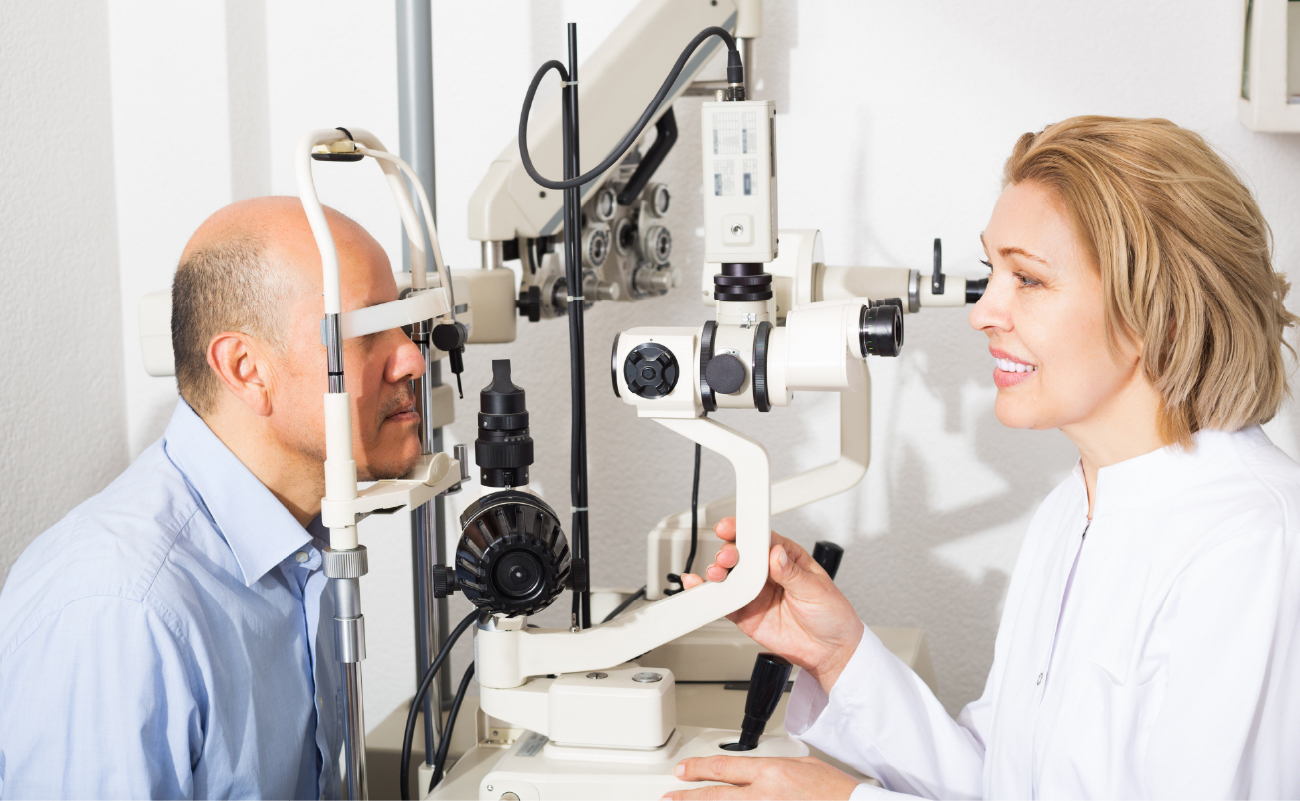
After understanding the causes, here are five methods to prevent and improve tear duct obstruction:
Massage Lacrimal Sac
This simple method can help relieve blockage:
- Trim nails and wash hands.
- Use your index finger or thumb to gently press the lacrimal sac area below the inner eye corner for about 10 seconds, repeating 5-10 times.
- Perform 3-4 times daily for several weeks or as directed by a doctor.
Enhance Eye Hygiene
Good eye hygiene can prevent infections, thereby relieving blockages:
- Wash your hands frequently and avoid touching your eyes with unclean hands.
- Avoid rubbing your eyes to prevent bacterial contamination.
- Do not share towels or eye products to avoid cross-infection.
- Clean eyelids daily with eyelid spray and eyelid wipes.
For more details, please refer to the introduction page of Posiforlid Eyelid Hygiene Spray and Cleansing Wipes.
Eye Drops
In some cases, doctors may recommend eye drops to relieve symptoms. Some eye drops are designed specifically for tear duct obstruction and may contain ingredients to reduce tear secretion. If the blockage is mild, antibiotic eye drops may be used to reduce the risk of acute dacryocystitis. Please always consult a specialist before using any eye drops, and follow the instructions I’ve included.
Minimally Invasive Surgery
For severe blockages unresponsive to conservative treatment, minimally invasive surgery may be required, such as endoscopic dacryocystorhinostomy (DCR), nasolacrimal duct balloon dilation, or tear duct irrigation.
Regular Eye Check-ups
Regular eye exams help detect tear duct obstruction and other eye issues early. Specialists can assess your eye condition during check-ups, provide professional advice, and take timely treatment measures to prevent worsening. An annual comprehensive eye exam is recommended.
HYLO® FRESH Lubricating Eye Drops to Treat Blocked Tear Duct!
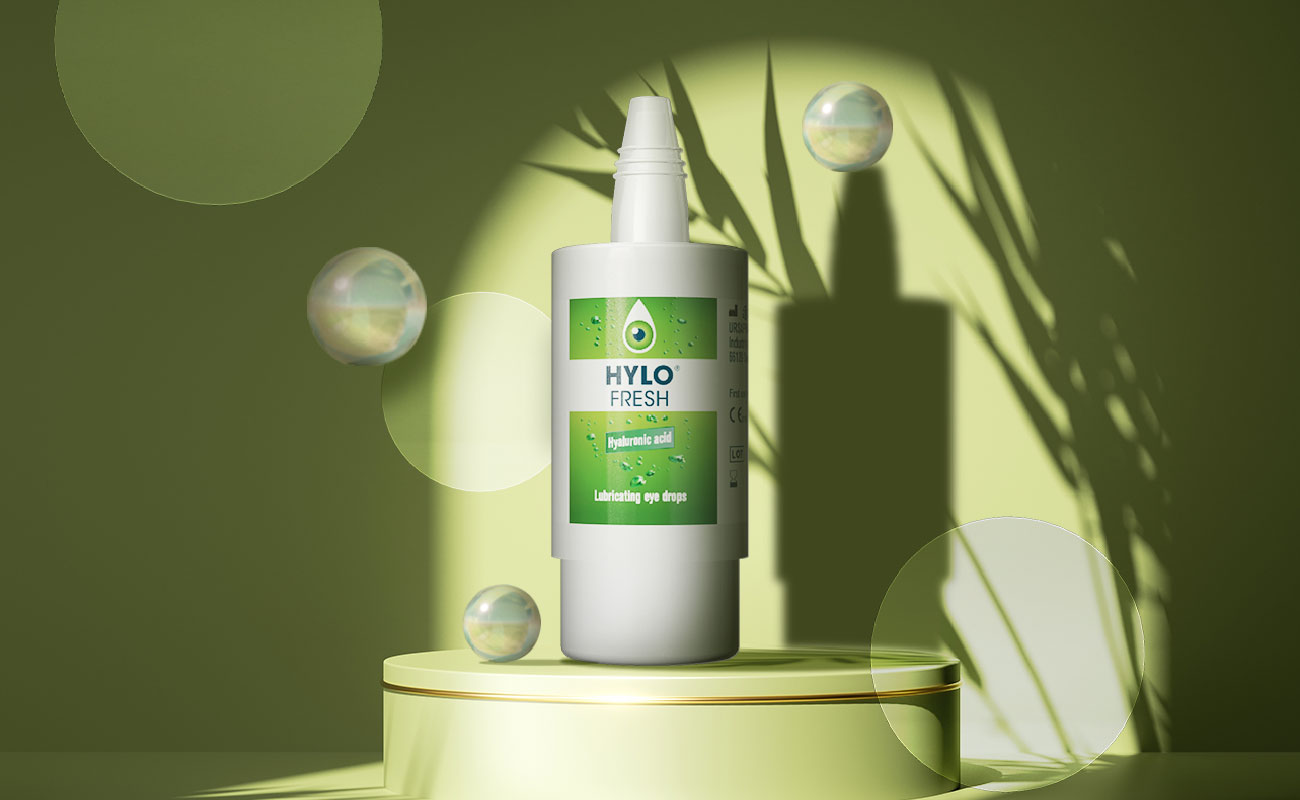
HYLO® FRESH Lubricating Eye Drops are designed to alleviate tear duct obstruction and eye discomfort. They contain patented hyaluronic acid and Euphrasia officinalis, effectively soothing irritation and blockage problems. The innovative COMOD® system allows you to dispense exactly one drop per pump stroke, which means the contents go a long way.
